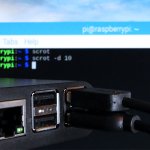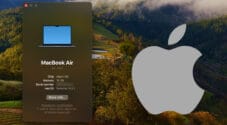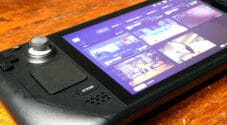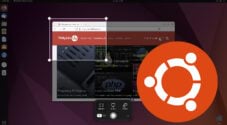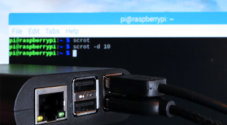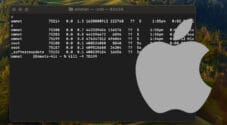This tutorial will go through the different ways you can take a screenshot on macOS.
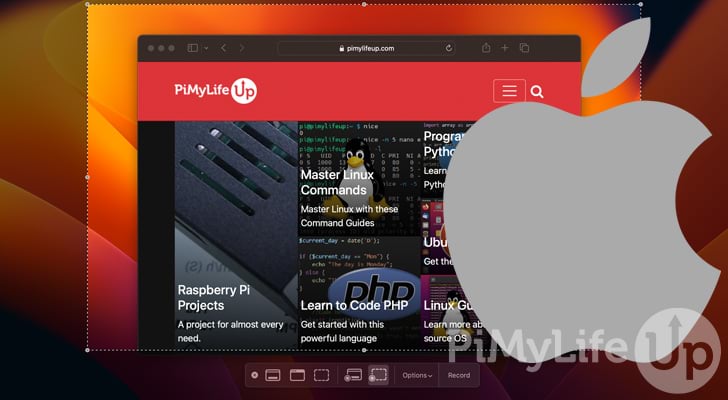
Being able to take a screenshot is a fundamental task, but it can be confusing if you are moving from a different operating system. On a Mac, you can achieve a screenshot by pressing a combination of keys which we cover further in this tutorial.
We will touch on the various methods you can use to capture the screen or part of the screen. In most situations, you will want to screenshot the entire screen. However, you may find the tools for capturing part of the screen or a specific window useful.
This tutorial has been tested on macOS Ventura. The steps might differ slightly if you use a different version of macOS.
How to Screenshot the Entire Screen on macOS
To take a screenshot of the entire screen on macOS, all you need to do is press SHIFT + COMMAND + 3. This will save your screenshot to your default location.
If you would prefer the screenshot to be saved to your clipboard, you will need to press CTRL at the same time. Meaning to take a screenshot of the whole screen and save it to your clipboard you will need to press CTRL + SHIFT + COMMAND + 3.
Afterward, the screenshot will appear at the bottom right corner of the screen. If you click on the screenshot, you can edit it within the macOS photos app.
Below you can see an example of a screenshot we took of our entire screen on macOS.
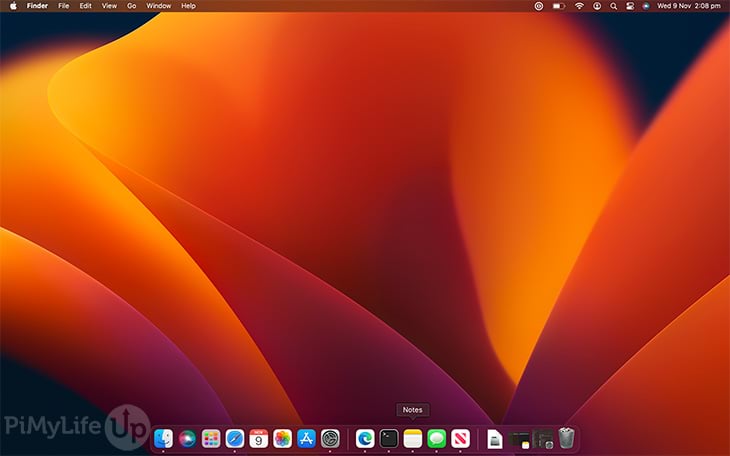
Screenshot Part of the Screen
One of the neat things about macOS’s screenshot functionality is that it allows you to easily take a screenshot of part of a screen. This is useful if you only want a specific element to be captured that isn’t a window or your whole screen.
To begin screenshotting a part of your screen on macOS you must press SHIFT + COMMAND + 4.
After you use the keyboard shortcut, your cursor will turn into a crosshair. Use the crosshair to click, drag and select the part of the screen you want to screenshot. Once you release the mouse click, macOS will take a screenshot of the selected portion of the screen.
Once you have taken a screenshot of part of your screen, it will appear in the bottom-right corner. You can edit this screenshot by clicking it.
There are a few things to note when using this screenshot functionality on macOS.
- If you wish to cancel the screenshot, press ESC while you are still holding down the mouse button.
- Holding down the SPACEBAR while dragging the selection area will allow you to move the selection area to a different spot on the screen.
- If you hold down CONTROL, it will save the screenshot to your clipboard.
Below is an example of screenshotting part of the screen on macOS.
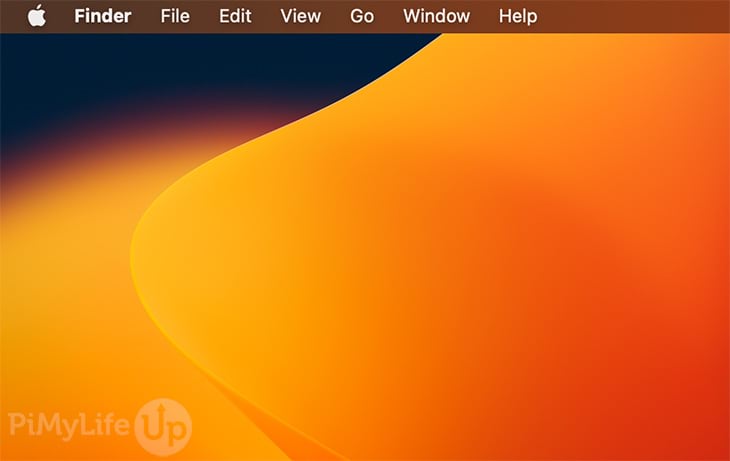
Screenshot a Window in macOS
macOS also allows you to take a screenshot of a specific window that you have open on your screen.
You can start screenshotting a specific window the same way you would screenshot a part of your screen by pressing SHIFT + COMMAND + 4. Once you have entered the partial screenshot mode, you will want to press the SPACEBAR.
Pressing spacebar changes the screenshot mode so that you can now select entire windows. Your cursor should now have also changed from a crosshair to a camera.
When you hover over a window or menu, it will be highlighted in blue. The screenshot software will capture this highlighted area if you click on it. To cancel the screenshot, press ESC.
By default, when macOS screenshots a window it will also screenshot the drop shadow effect. You can get macOS to ignore this effect by holding down the OPTION key when you click.
Like with the other screenshotting methods, a window screenshot will be saved to the default location on your macOS device. You can tell macOS to save this screenshot to your clipboard instead by holding down CTRL before you click.
Below you can see what a screenshot of a window will look like if you have the macOS drop shadow effect enabled.

Below is an example of a screenshot without the drop shadow effect.

Load the Screenshot Toolbar
A cool feature of macOS is its screenshot toolbar. This toolbar allows you to easily choose the screenshot mode, and also allows you to record your screen. if you are familiar with Windows then it is kind of macOS’s equivalent of the Windows snipping tool.
To load the screenshot toolbar on your Mac, press SHIFT + COMMAND + 5.

Starting from left to right, each choice allows you to do the following.
- Close the screenshot toolbar.
- Capture the entire screen.
- Capture a selected window.
- Capture a selected portion of the screen.
- Record the entire screen.
- Record a selected portion of the screen.
- Options allow you to change a range of settings such as where to save the screenshot, a timer, microphone selection, show floating thumbnail, remember last selection, and show mouse clicks.
- Record will start recording the screen. If you need to stop recording, press COMMAND + CONTROL + ESC.
Below is an example of how your screen will look after pressing the screenshot toolbar hotkey combination (SHIFT + COMMAND + 5).
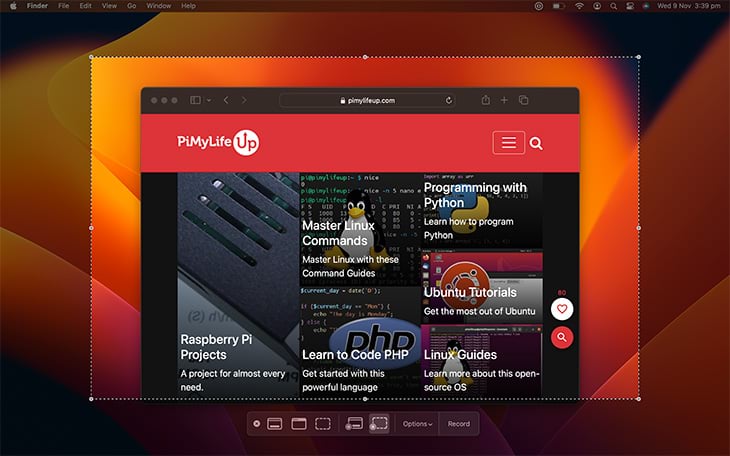
Where Screenshots are Saved on macOS
By default, the software will save screenshots to the desktop of your macOS. They will have the name “screenshot [DATE] at [Time].png“. You can move the images off the desktop by dragging them into a folder.
To change the location of where screenshots are saved, open the screenshot toolbar by pressing SHIFT + COMMAND + 5.
Next, click “Options” within the toolbar. At the top of the options menu, you have a selection of different places where you can save your Mac screenshots and recordings.
Pressing “Other Location...” will bring up a Finder menu that allows you to select the save location.
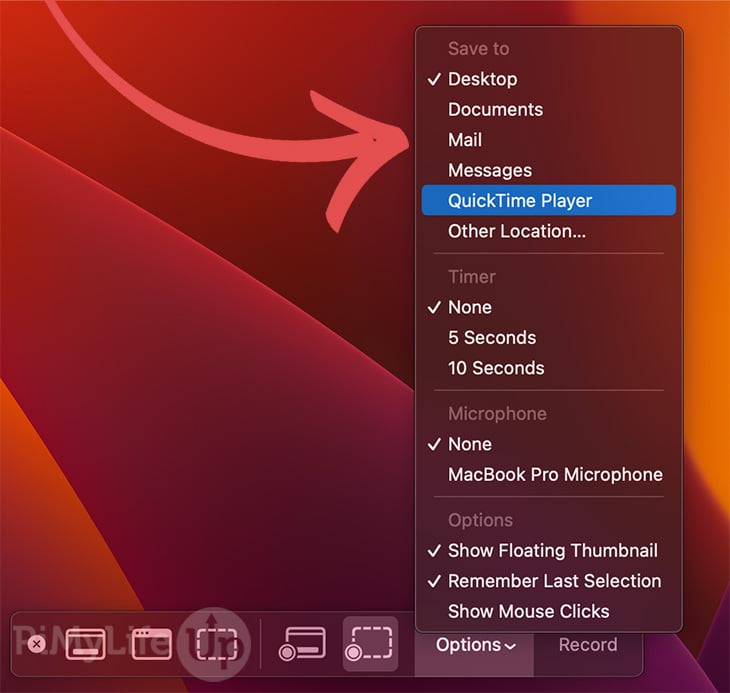
Also, pressing the Control key while you take a screenshot will have macOS save the screenshot to the clipboard. If you are using the universal clipboard, you can access the screenshot on your other Apple devices.
Changing the Keyboard Shortcuts on macOS
You must go into the settings application if you wish to change the default keyboard shortcuts. The following steps will take you through all the steps that you will need to do.
If you don’t like the default screenshot keyboard shortcuts on macOS, then don’t worry as it is fairly simple to adjust them.
1. First, click on the apple in the upper left corner of the screen and click the “System Settings” option.
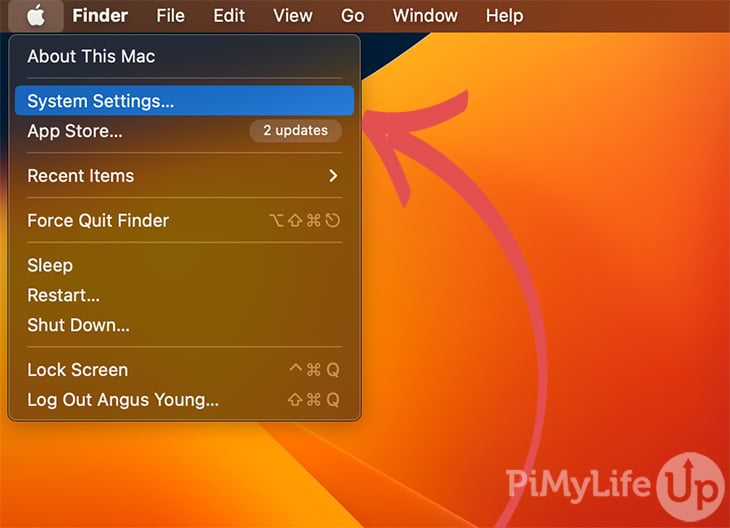
2. On this screen, enter “screenshot” into the search bar in the upper left corner.
Next, click and open the keyboard shortcuts item that displays underneath the search.
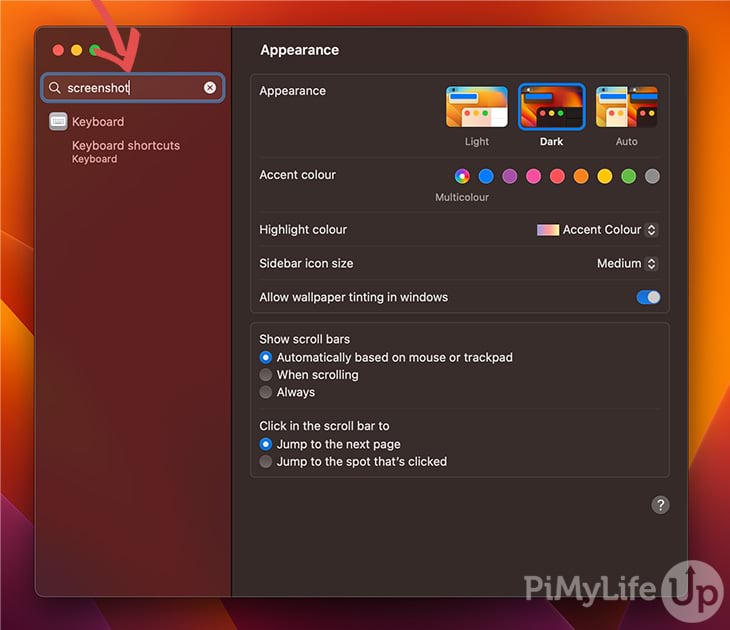
3. In the next menu, select “Screenshots“.
Here, you can disable or change any of the shortcut keys for taking a screenshot on macOS. If you ever make a mistake, you can also easily restore these to the default buttons by clicking the “Restore Defaults” button.

Conclusion
You should now have a good idea of how you can screenshot on a Mac computer. These methods are extremely useful whenever you want to capture your display. For example, all the screenshots in this tutorial were captured using the methods mentioned above.
If you want to learn more on Mac, we have plenty of macOS tutorials that cover a range of topics. For example, knowing how to do a traceroute on your Mac is useful for diagnosing network issues. I highly recommend checking it out.
Please let us know if you notice a mistake or if an important topic is missing from this guide.
